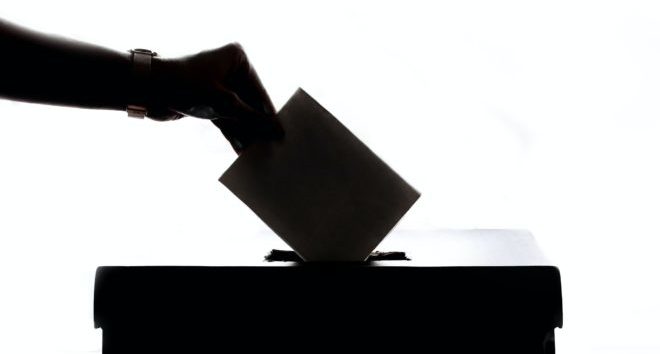Originally published in Forbes
By Dave Dodson
In 2016 Donald Trump solidly beat Hillary Clinton in the Electoral College. But what we often forget is that he won 75 of those electoral votes with victories of 1.2% or less.
The narrowest of those victories was Michigan, where Trump won by only two-tenths of one percent. The 10,704 votes that separated him from Clinton weren’t enough to fill even the end zone of the University of Michigan’s football stadium, yet with a student voter turnout of only 19% that year, the predominantly Democratic student body was no obstacle to Trump winning the White House.
But heading into the 2020 election the University of Michigan has made massive strides in overcoming that apathy. In 2017 it challenged the other Big Ten schools to a voter turnout contest called the Big Ten Voting Challenge. The results are astounding—just two years later, in the 2018 midterm elections, turnout amongst Michigan students increased from 19% to 40%. A few miles away in East Lansing, U-M’s rival Michigan State increased its voter turnout from 14% to 35%. In total, the Big Ten Voting Challenge raised voter turnout in its participating schools to 43%, well above the national average.
This matters because the Big Ten conference looks a lot like a map of the key 2020 swing states. Michigan, Pennsylvania, and Wisconsin all have schools in the Big Ten with large enrollments. and these students trend heavily to liberal and Democratic candidates. Only 15% of the students in both Michigan schools self-identify as “conservative,” Bill O’Reilly once called the University of Wisconsin one of the most liberal colleges in our nation’s history, and in 2016 Penn State’s College Republicans refused to endorse Donald Trump. Increased voter turnout in these four schools is not just a victory for democracy, it’s a victory for Democrats.
The contest has two categories: “greatest overall turnout,” and the “greatest increase in voting rate,” and if this match proves successful in 2020, the math for President Trump gets very difficult. In each of these three states, his margin of victory was less than half the state’s Big Ten student enrollment. The two Michigan schools and the University of Wisconsin have enrollments of about 50,000 each, and Penn State has double that. This is before counting the tens of thousands of faculty and staff at each school, which combines to 333,000 largely Democratic voters. To put this into perspective, Trump’s total margin of victory in these three states combined was a mere 77,744 votes.
During Trump’s term in office he’s not created any new competitive states by expanding his base into Minnesota, Nevada, and New Hampshire, where Hillary Clinton won her narrowest victories. (What’s more, the University of Minnesota led the conference in turnout at 59%, an increase of 29% over 2016.) This means that in order to win in 2020, Trump has to hang on to at least two of the four states that he won by less than 1% margins. Three of which are in the Big Ten Voting Challenge.
All of this means that the the next leader of the free world is likely to come down to a little noticed rivalry among the Big Ten’s biggest schools, and a contest initiated by a pack of Wolverines.
Dave Dodson is a former candidate for U.S. Senate, faculty member of the Stanford School of Business, regular contributor to Fox Business, and 30 year entrepreneur and CEO

